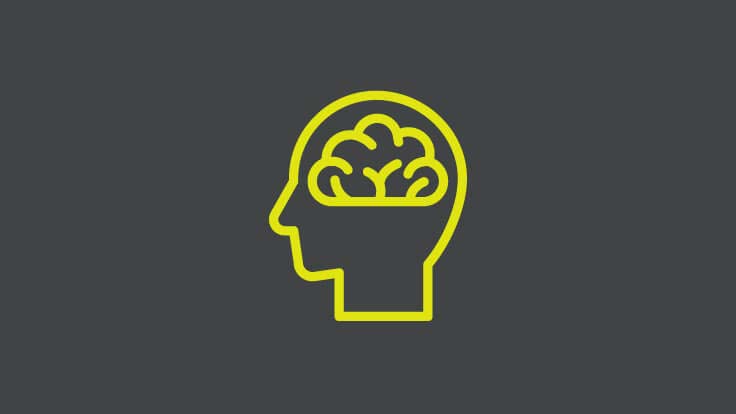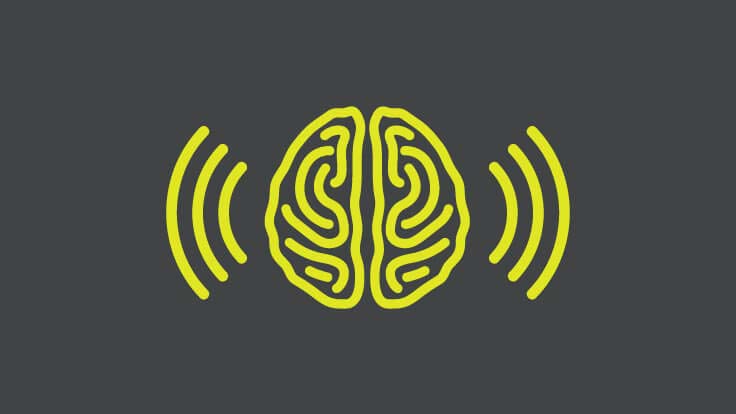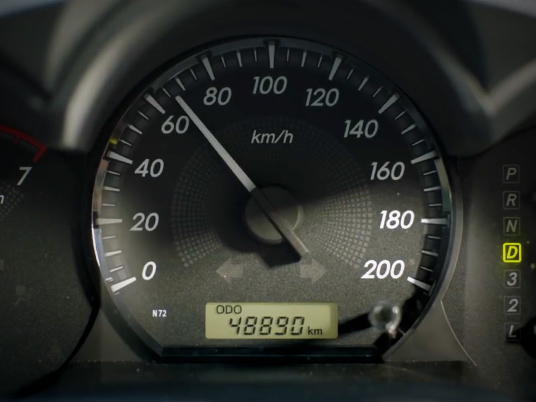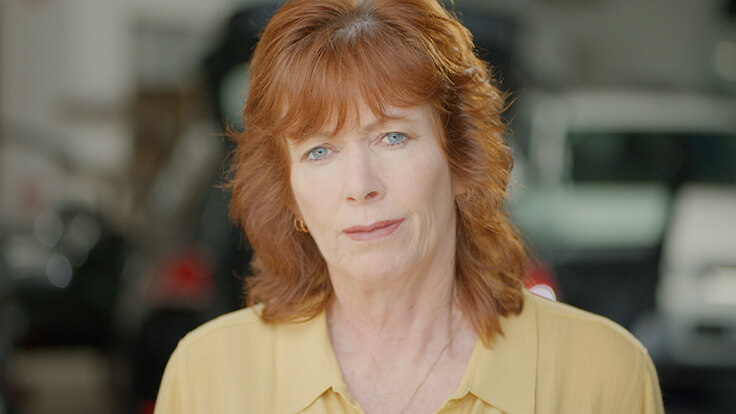A world-first: using neuroscience to stop speeding
In conjunction with esteemed neuroscientist, Lucia Kelleher, we’ve developed a rigorous series of exercises to help you stop speeding. Each of the 8 tests are designed to bring your awareness back to the road and make you more aware of your driving.
This experiment was proven to help drivers focus and reduce the number of times they sped by 26%. You too could drive smarter, not faster. Try it for yourself.
Try an experiment today!
Each experiment is designed for different learning styles — try as many as you can to find one that’s right for you. Here’s just one successful experiment: Acknowledging Other Drivers.

Acknowledge Other Drivers
The test
This test is all about acknowledging other drivers and road users. If you want to merge, make eye contact with the other driver to prompt them to let you in. When someone lets you merge, give them a wave and notice how good it feels when they wave back. Also, make sure you are actively paying attention. Notice if another driver wants to merge and be sure to let them in.
Acknowledge Other Drivers
The Science
Thinking beyond yourself expands your brain bandwidth, whereby you notice other cars, traffic and the road environment. By acknowledging others letting you in, you feel appreciation, which elevates your mood and increases attention capacity.

Slow Diaphragm Breathing
The test
Breathe deeply, right down to your navel to slow down your breathing. Do this before you start the engine and throughout your trip. This test harnesses the power of ‘brain focused attention.’ By breathing slowly, you open your brain fully to process everything in your environment.
Slow Diaphragm Breathing
The science
Busy Brain Syndrome (brain overload) caused by technology-induced sensory overload, means the stress response is locked on. Mindfulness, meditation, etc. use slow breathing to make you relax, because slow breathing switches off the stress response, and switches on the calm-normal state.

Driving Test
The test
Imagine you’re taking your driver’s licence test again. The driving examiner is sitting next to you in the passenger seat, observing how you drive and monitoring the speedo. You don’t want to fail. You will pass if you stick to the speed limit, so stay focused.
Driving Test
The science
This test uses the Hawthorn Effect (someone watching you). It keeps you vigilant and hyper-aware of your actions – if someone is monitoring your speedo, you’ll adhere to the speed limit too. Being observed also brings your attention back to the moment – and the road.

Incentive Scheme
The test
Pretend your driving is linked to a points scheme. Every time you drive without speeding, you get one point. Ten points could mean a new pair of shoes or a ticket to an event. This test is designed to target the brain reward system, which is highly motivating as a behavioural adjustment technique.
Incentive Scheme
The science
By nature, humans are hard-wired to seek pleasure and avoid pain. Our internal reward/punishment system is always active, so the opportunity to receive a reward will motivate good behaviour.

Slow Driver Frustration
The test
It’s time to overcome slow driver frustration. Drive at the speed limit. Notice the slow drivers that you overtake. Ask yourself the question: “Are they driving slowly, or am I speeding?” This test is designed to challenge your beliefs and assumptions about how you drive and how others drive. You may find that your beliefs were not quite correct.
Slow Driver Frustration
The science
By paying attention to your speed and driving at the speed limit, you have the opportunity to confront your own speeding habit. You can take responsibility, own your habit and successfully change your behaviour.

Teach Your Passenger
The test
It’s time to teach your passenger how to drive. Imagine they are watching and learning from your every move before they take the wheel. You do not want to teach them bad habits, you want to be seen as competent and a good driver.
Teach Your Passenger
The science
Teaching someone a competency-based skill such as driving, encourages you to make sure that you pass on the ‘right’ skills and competency to that person. You have to be hyper-aware – teaching someone to drive demands 100% attention and focus.

Wandering Mind Broadcast
The test
Imagine there’s a broadcasting device connected to your mind that plays your random thinking on the radio and all your friends are listening. While you’re imagining this, feel the steering wheel and pay attention to your speed while driving, to prevent your mind from wandering.
Wandering Mind Broadcast
The science
‘Wandering mind’ is random, uncontrollable thinking distracting you from driving and your speed. When you focus on feeling the vibrations of the car, you engage your whole brain, which helps you focus on driving.

Drive as a Team
The test
This test is about driving as a team. Imagine being a participant in an amazing, choreographed driving performance experiment. You’re all driving at the speed limit together as a group. If someone does the wrong thing, everyone fails.
Drive as a Team
The science
This test promotes you to think like a team with other road users, meaning you need to pay close attention to the behaviour of the other road users. Sports teams use these same techniques to improve team performance.
50% of speeding crashes happen just 1-10 km/h over the limit.
Based on an analysis of speeding crashes by the Australian Centre for Automotive Safety Research which found that 51.3% involved a vehicle travelling 1‑10km/hr over the speed limit.
On average, speeding only saves us 77 seconds per commute.
Based on Australian Bureau of Statistics (ABS) average commute distance of 16.6km from home to work in Queensland and a vehicle travelling at 65kmh compared to 60km/h.
Where to next?
Explore these popular road safety topics on StreetSmarts.

